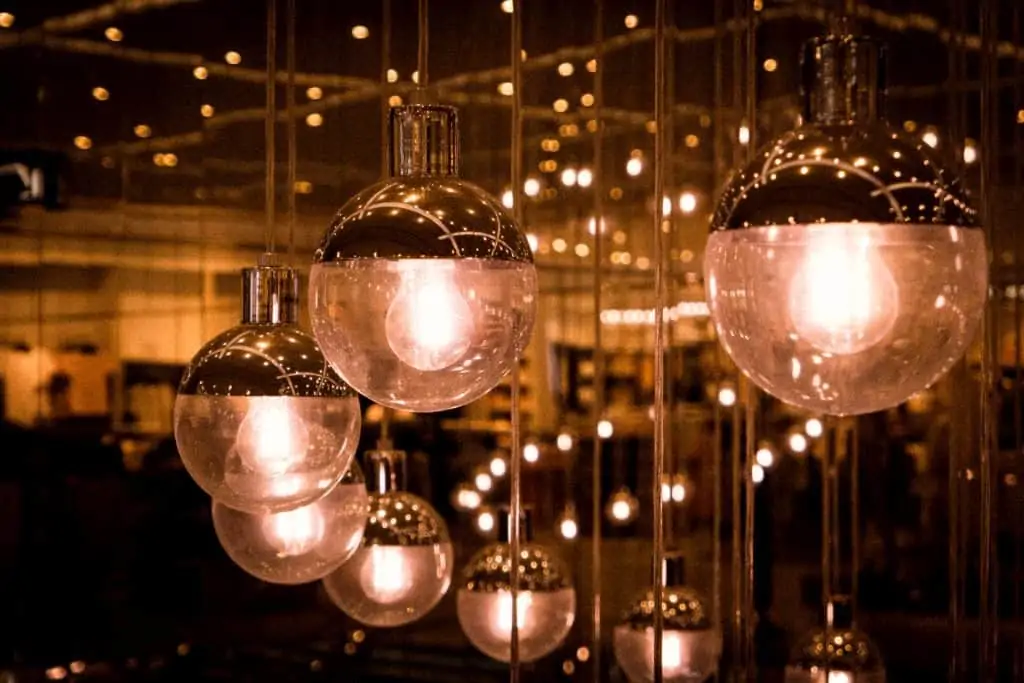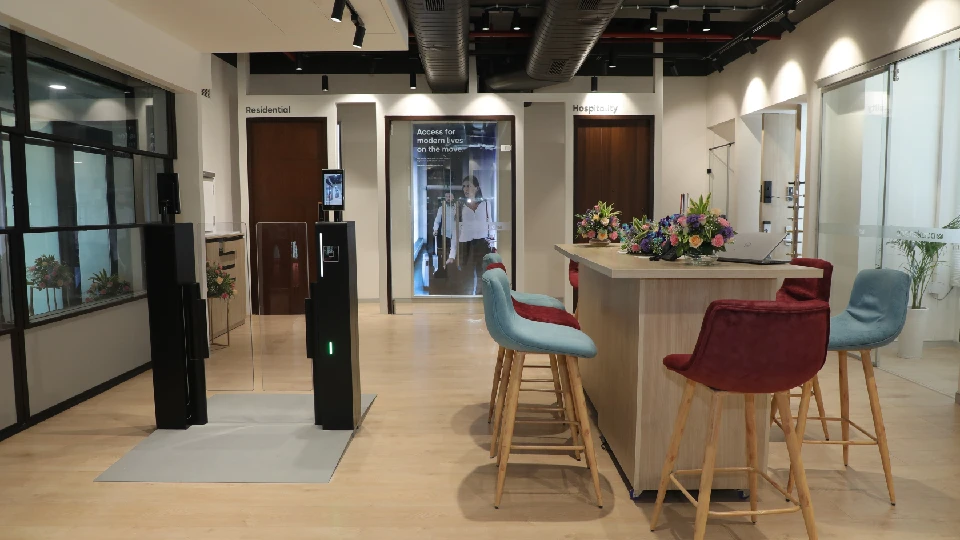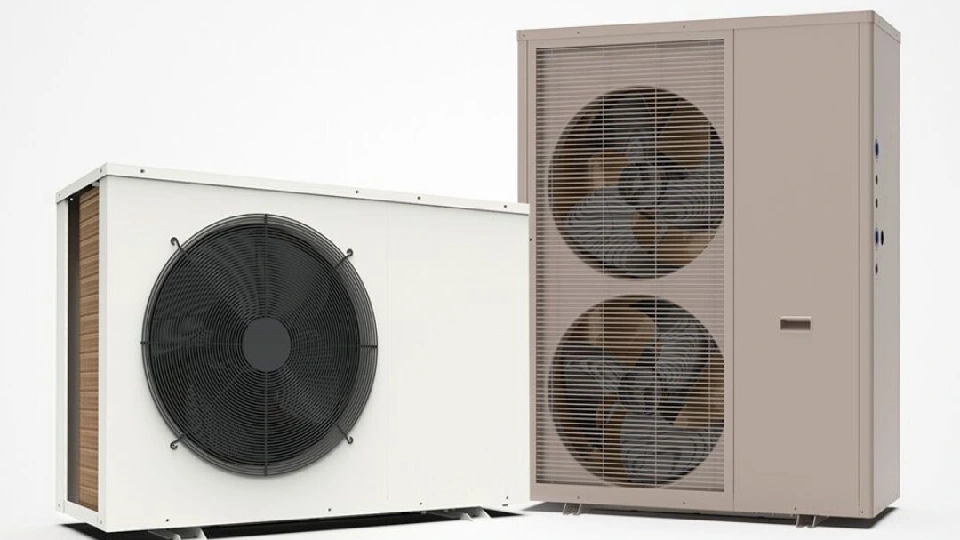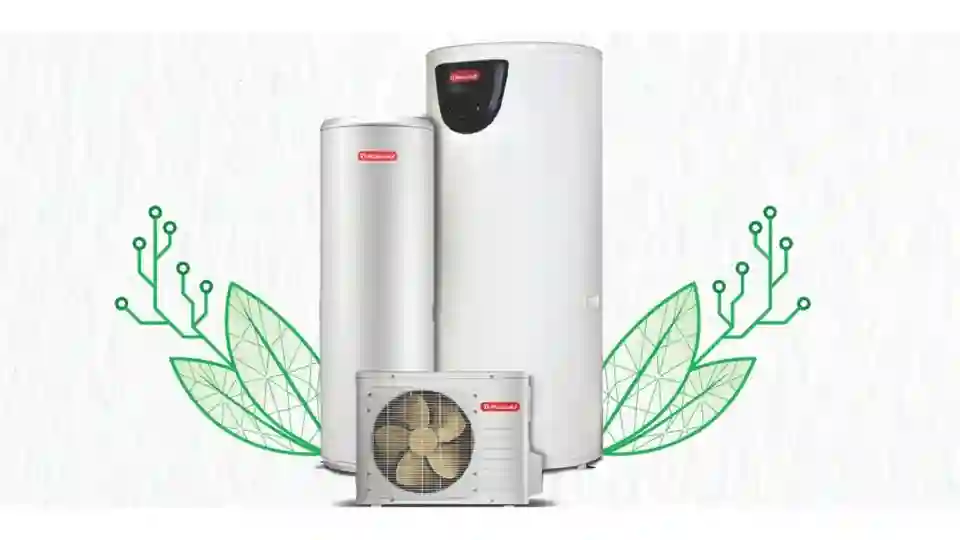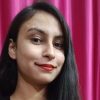Lighting has an important role to play in architecture and interior design. It is a key element to making a space functional and aesthetic. It sets the right mood for the space and can highlight the right architectural features, textures, and colours to create visually engaging spaces. This is where the expertise of an architectural lighting designer becomes relevant. A lighting consultant has a specialised understanding of how lighting influences interior design. To gain a better understanding, we got in touch with Ifthikar Ilyas, Director and Principal Designer, Litelab Chennai. Litelab is an internationally recognized lighting design practice focusing on transforming spaces into an experience with light as a medium. Ifthikar talks about his design philosophy, sustainability, smart lighting, India’s position in the global industry, and some of his projects.
Core principles of design strategy for lighting projects
As a lighting consultant at Litelab, I believe that lighting design should be created in a way that it can be utilized, experienced, and admired. I embody the principle that form follows function and consider functionality to be as important as aesthetics. While technical factors such as lux levels and lumen packages are relevant to architectural lighting design, I believe that our eyes do not perceive numbers. Therefore, my approach involves layering and experimenting to ensure that I have achieved the desired effect. Furthermore, in my opinion, a good lighting design is meant to be engaged with and a compatible lighting layout requires experimentation.
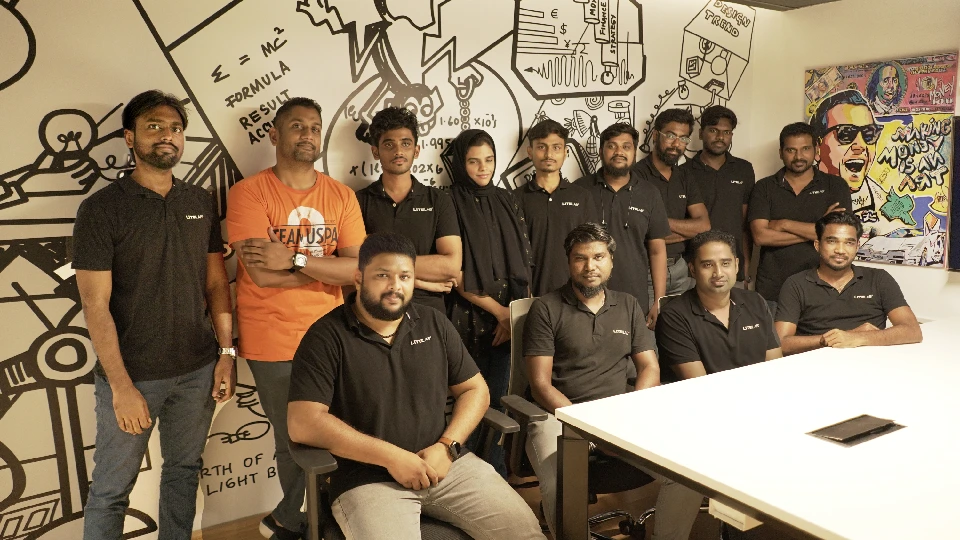
Influence of smart lighting systems
Smart lighting systems are not new; they have been around for decades now. However, these systems have become more accessible and affordable for the domestic market. Earlier they were used mostly in the hospitality sector. There is a shift in consumer behaviour and recently people have started designing residential spaces in a way that resembles a luxurious hotel. The Indian market is quick to adopt new technologies and I believe that the future is leaning towards wireless lighting systems.
Sustainability and lighting design
Energy conservation is an integral part of sustainability. For my projects, I prefer incorporating advanced lighting control systems that conserve a considerable amount of energy. Lighting sensors for example have become more affordable and functional. They can now adjust lighting based on factors such as daylight availability. This helps optimize energy use and contributes to a greener tomorrow.
Personalized approach to lighting projects
Lighting is an essential aspect of interior design because it makes any space functional and liveable. Therefore, it must be tailored to the specific context of each project. For example, in residential spaces, lighting layout is highly personal and depends upon factors like individual preferences and regional elements.
Hospitality projects, on the other hand, have a different set of requirements. Here things can be approached in a more standardized manner. The lux levels and lighting outputs must be mindfully managed to ensure that different areas have specific ambience. Therefore, being a lighting consultant, my approach to any architectural lighting project is to ensure that the design is tailored to the requirements of the project at hand. The context, purpose, and intended ambience are required to be considered before coming up with a suitable design.
Coordination among stakeholders is key
For a successful outcome, I need to understand the narrative of the project as told by the client and the design team. Thereafter, it is important to involve all stakeholders from the start including the principal design team, clients, contractors, and installers. I make efforts to create an exciting environment for all the team members. So, we make use of visual communication as it’s the best way to make everyone understand our vision. By using animations and walkthroughs we successfully engage all stakeholders. It helps bring all of us on the same page.
Manufacturers vs distributors
Working with manufacturers and distributors each has its own advantages. Collaborating with manufacturers gives us the luxury of quick modifications and customizations to meet the requirements of the project at hand. This direct interaction creates an environment that facilitates learning and meaningful exchange of ideas.
In the Indian context, lighting is often considered later in the construction process. In such cases, the support of distributors is helpful in providing valuable assistance during last-minute issues on-site. Local distributors are more aware of the regional context and can understand the region-specific needs of the project. They can also quickly respond to urgent requests which helps in the smooth execution of a project.
Choosing the right manufacturer
Each manufacturer has its own strengths and expertise. Some specialize in indoor lighting while others focus on outdoor fixtures, decorative lighting, or colour-changing lighting. Therefore, to understand which brand or manufacturer would be the ideal match, we first put efforts into understanding the project we are dealing with. Depending upon the nature and context of the project we select a brand to work with. However, in certain exceptional cases, we can engage multiple brands if the project demands.
A peek into the future
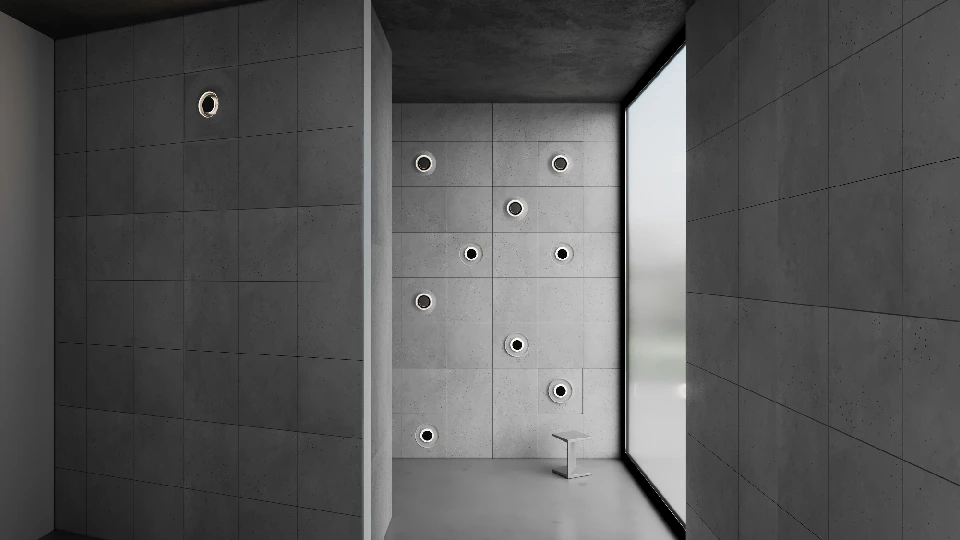
As a lighting consultant, I believe that in the next 5 years, architectural lighting design will evolve significantly to meet the consumer demand for personalization and sustainability. Tunable light fixtures will dominate the market allowing users to adjust the colour temperature according to their preference. This will cater to the individual preferences of the consumers making fixtures more adaptable. It will also eliminate the need for multiple lighting fixtures thereby reducing e-waste in the long term.
Modular lighting fixtures will also enter the market enabling users to change defective components instead of having to replace the entire lighting fixture altogether. This will also help reduce tremendous e-waste.
| Product highlight
The Halo Eclipse luminaire wall panel is designed for interiors and facades. Its stunning design is inspired by the celestial events of lunar and solar eclipses. The product has two variations: one that represents the soft glow of a lunar halo and the other that evokes the intensity of a solar eclipse. Its system is connected to smart controls. Furthermore, it is customizable and can adjust to different times of the day. |
India’s position in the global lighting design industry
India has shown promising adoption of the latest innovations happening in the lighting design industry. The country is currently in transition from a phase where lighting was treated as an afterthought to one where lighting is recognized as a key element in living spaces. Indian consumers have started recognizing that lighting is essential not only for functionality but also to cleverly elevate the visual appeal of any space. They now understand that proper lighting can highlight the right elements in any design such as artwork, wallpaper, etc. Furthermore, people here have already started a conversation about bringing back the dark sky by using outdoor lighting fixtures that minimize upward glare and direct light downwards. Moving forward, I think India is in a great position with tremendous growth opportunities headed its way.
Most fulfilling projects of Ifthikar Ilyas
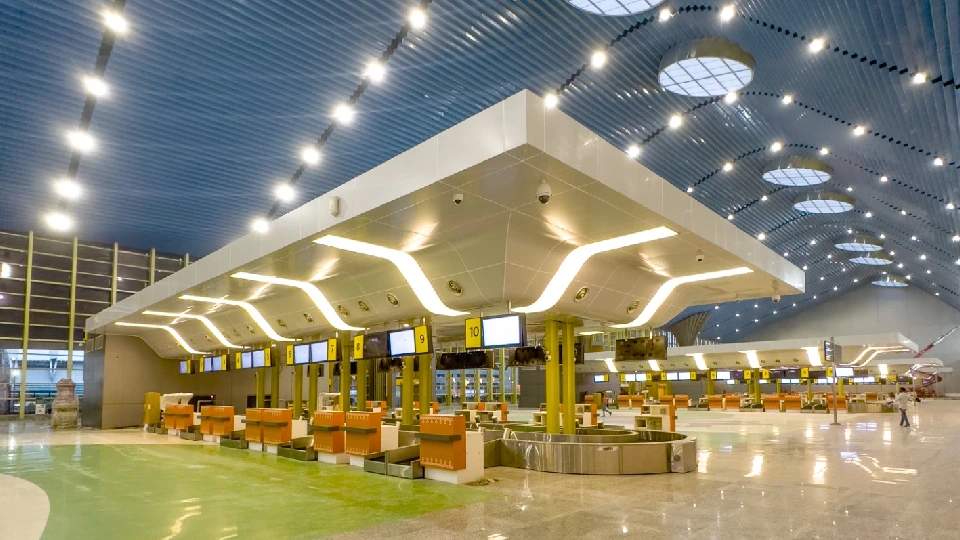
Image Source: Airportsinternational.com
The Residency Hotel in Pondicherry stands out for me because I had the creative freedom as a lighting consultant to design the entire lighting layout. This undertaking helped me understand how to coordinate with all the stakeholders involved in the project.
Another noteworthy project is the Hindustan Unilever office which is a hybrid and dynamic workspace designed for flexible layouts. The satisfying undertaking allowed me to work closely with interior designers and architects to bring forth lighting solutions that enhanced the overall user experience.
Finally, my work on the iconic Chennai airport, done in collaboration with Philips Lighting, gave me the chance to give back to my community in a meaningful way.
To connect with Ifthikar Ilyas and his team at Litelab, contact below:
|
Home lighting design concept & techniques: A specialist's guide
Lighting design is a much more elaborate process than just selecting the right fixtures. When talking about home lighting des









